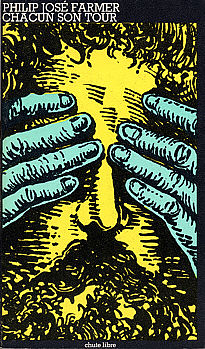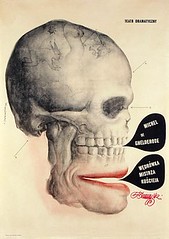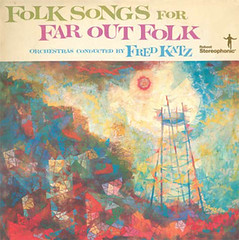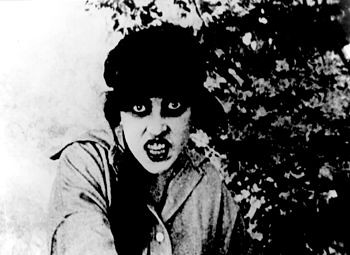Jeremy Bentham @261
Presidio Modelo, Cuba, photo by Friman
Jeremy Bentham (February 15 , 1748 – June 6, 1832) was an English jurist, philosopher, and legal and social reformer, best-known today for devising the Panopticon. He was a political radical and a leading theorist in Anglo-American philosophy of law. He is best known as an early advocate of utilitarianism and animal rights who influenced the development of liberalism. In An Introduction to the Principles of Morals and Legislation he wrote of sexual ethics.
The Panopticon is a type of prison building designed to allow an observer to observe (-opticon) all (pan-) prisoners without the prisoners being able to tell whether they are being watched, thereby conveying what one architect has called the “sentiment of an invisible omniscience.”
Bentham himself described the Panopticon as “a new mode of obtaining power of mind over mind, in a quantity hitherto without example.”
Sholem Stein remarks:
It was among Jeremy Bentham many proposals for legal and social reform. Although it was never built, the idea had an important influence upon later generations of thinkers. Twentieth-century French philosopher Michel Foucault in his approach to New Historicism argued that the Panopticon was paradigmatic of a whole raft of nineteenth-century ‘disciplinary’ institutions.
Foucault’s discussions of the panopticon are particularly useful for New Historicism. Bentham stated that the perfect prison/surveillance system would be a cylindrical shaped room that held prison cells on the outside walls. In the middle of this spherical room would be a large guard tower with a light that would shine in all the cells. The prisoners thus would never know for certain whether they were being watched, so they would effectively police themselves, and be as actors on a stage, giving the appearance of submission, although they are probably not being watched.
Foucault included the panopticon in his discussion of power to illustrate the idea of lateral surveillance, or self-policing, that occurs in the text when those who are not in power are made to believe that they are being watched by those who are. His purpose was to show that power would often change the behavior of the subordinate class, and they would often fall into line whether there was a true need to do so or not.
But the way the panopticon really entered the public consciousness was via the term Big Brother, named afterBig Brother, a character from George Orwell‘s novel Nineteen Eighty-Four. It is now a byword for authoritarianism as inforced by any omnipresent, seemingly benevolent figure representing oppressive control over individual(s) exerted by an authoritarian power, as well as surveillance in general and any surreptitious spying such as by way of closed-circuit television.











